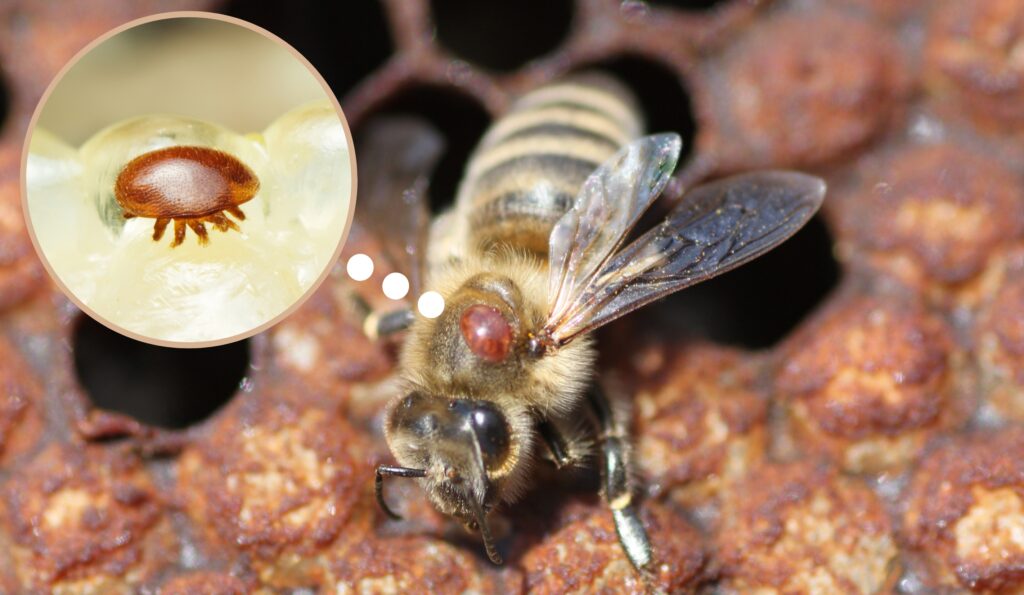The Varroa Destructor

With a few nervous weeks behind us since the first detection of the deadly Varroa Mite in Newcastle, NSW, Australia, the beekeeping industry is cautiously optimistic that authorities may have contained the spread. But we are not there yet, and complacency at this point could be disastrous for all of us.
The risk now, as beekeepers start to commence their Spring Management Work to prepare their hives for the onset of the Spring honeyflow, is that biosecurity practices are not as thorough or meticulous as they need to be. It is hopelessly easy to spread a number of diseases that plague our honeybees, without even realizing it.
Why is the health of our bees important?
Because unhealthy or weak bees are far more susceptible to pests and diseases. A shrinking colony will leave space in the hive for critters to take up residence, and will put more pressure on the colony to keep the brood chamber warm. And colonies that succumb to pests or diseases can spread their bad fortune to others very easily. All this has a financial impact on the beekeeper and in some cases can render honey inedible. Worst case scenario, entire colonies and equipment have to be destroyed. And of course, the most tragic of all, our bees die.
As beekeepers, all of us have different goals with our beekeeping. Some want honey. Others just want to pollinate their veggie gardens. And others want the pure bees wax to make candles. Regardless of our interests, all of us share the same responsibility to keep our bees strong and healthy. Failing to do this can be disastrous for your own colonies and for other colonies in the area.
How can we ensure we don’t spread Varroa Mite?
With respect to Varroa Mite, these menaces can survive on bee suits, boxes, gloves for days. So if you are moving around with equipment, make sure you freeze all equipment after inspections and isolate suits, boots and gloves prior to washing, to ensure we don’t inadvertently let the varroa hitch a ride to another party.
• Don’t move any hives until the DPI advises we can.
• Do your sugar shakes regularly and report results to the DPI.
The best resource to go to for updates is https://www.dpi.nsw.gov.au/emergencies/biosecurity/current-situation/varroa-mite-emergency-response
Any questions, contact me any time to chat about your concerns. I’m here to help.


